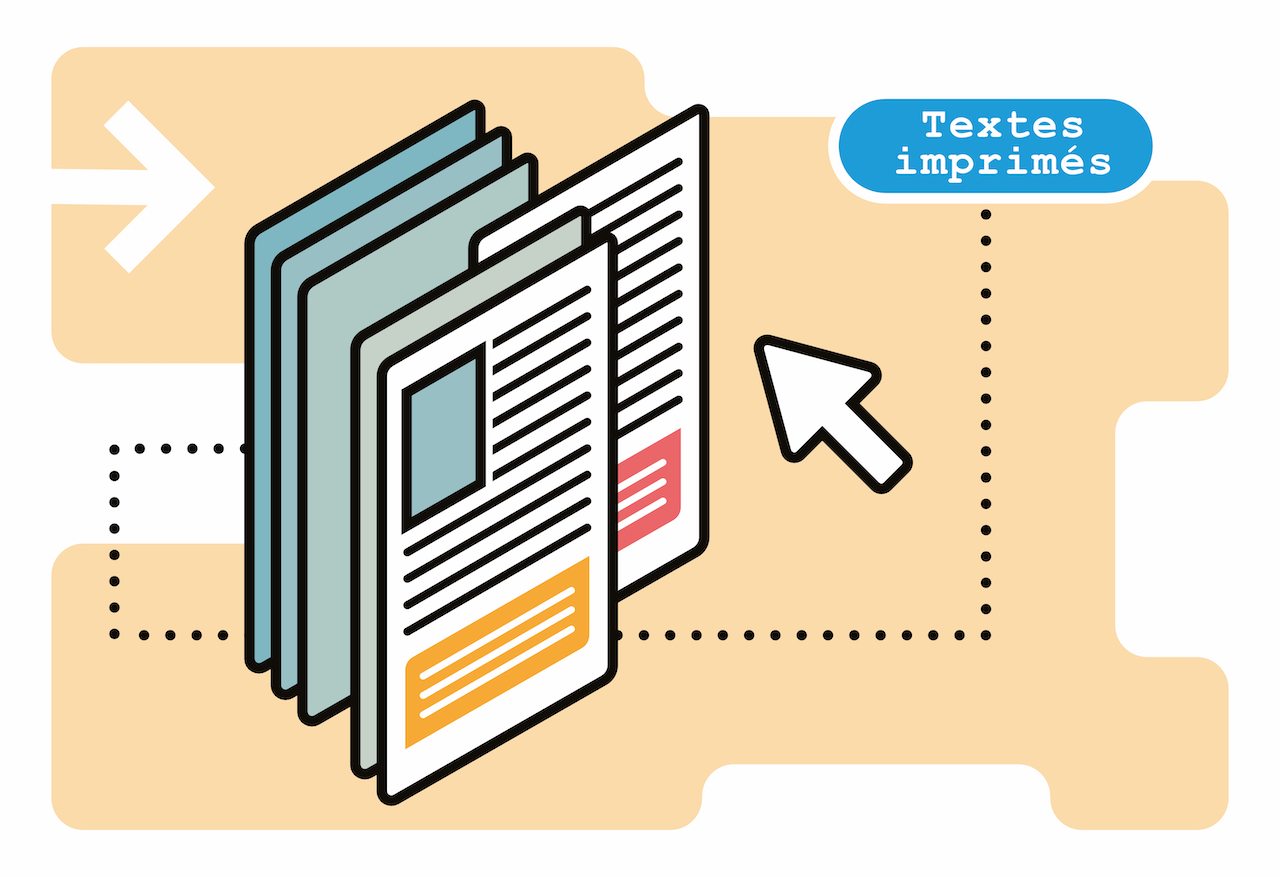Using Positive Visual Stimuli to Lighten The Online Learning Experience through In Class Questioning
Fiche du document
2016
- ISIDORE Id: 10670/1.7e213a...
- doi: 10.19173/irrodl.v17i1.2114
Ce document est lié à :
International Review of Research in Open and Distributed Learning ; vol. 17 no. 1 (2016)
Copyright (c), 2016Chia-HungLai, Ming-ChiLiu, Chia-JuLiu, Yueh-MinHuang
Mots-clés
positive visual stimuli in-class question online learning synchronous learning platform funny imageSujets proches
Learning process Scholarship LearningCiter ce document
Chia Lai et al., « Using Positive Visual Stimuli to Lighten The Online Learning Experience through In Class Questioning », International Review of Research in Open and Distributed Learning, ID : 10.19173/irrodl.v17i1.2114
Métriques
Partage / Export
Résumé
Using in-class questions is an efficient instructional strategy to keep abreast of the state of student learning in a class. Some studies have found that discussing in-class questions in synchronous learning is helpful. These studies demonstrated that synchronous questions not only provide students with timely feedback, but also allow teachers to change the pedagogy adaptively. However, some studies have also shown negative results of synchronous questions in that students may resist being questioned because of anxiety. Therefore, this paper proposes an idea of showing students funny images in order to reward them for providing correct answers. The effect of connecting questions with funny image rewards was examined by collecting data on student test scores, on facial expressions and on electroencephalogram (EEG) responses elicited using this strategy. The data on students' facial expressions indicated that being presented with funny images for correct answers consistently helps to arouse positive emotions in participants. Also, the data on the EEG responses showed that the participants receiving the rewarded questions demonstrated a trend toward increasing levels of attention and relaxation. However, the results also revealed that significant improvements in test scores were not apparent regardless of whether or not amusing visual stimuli were used. The findings imply that showing funny images as a stimulus enhances students' affective states in student-teacher interactions during online learning activities.
